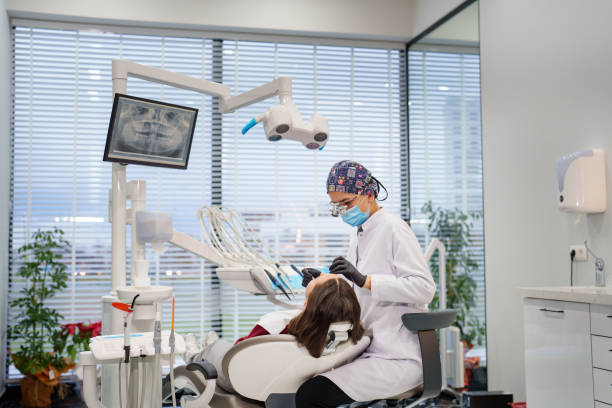Call Us Today
Digital X-Rays vs. Traditional X-Rays: Benefits of Modern Dental Imaging for Safety and Precision

Dental X-rays are essential for diagnosing and treating oral health issues, but advancements in technology have transformed the way dentists capture images. Traditional film X-rays have been used for decades, but digital X-rays are becoming the new standard due to their enhanced safety, efficiency, and image quality. Understanding the differences between these two methods can help patients make informed decisions about their dental care.
Key Benefits of Digital X-Rays Over Traditional X-Rays
- Reduced Radiation Exposure: Digital X-rays use up to 90% less radiation compared to traditional film X-rays, making them a safer option for patients, especially those who require frequent imaging.
- Higher Image Quality and Immediate Results: Digital X-rays produce clearer, more detailed images that can be enhanced for better diagnosis. They also provide instant results, eliminating the need for film processing.
- Eco-Friendly and Cost-Effective: Unlike traditional X-rays, digital imaging does not require chemicals for film development, making it a more environmentally friendly and cost-effective solution for dental practices.
Why Digital X-Rays Are the Future of Dentistry
Digital X-rays offer significant advantages in both patient safety and diagnostic accuracy. The lower radiation levels make them a preferred choice for children, pregnant women, and individuals who need frequent imaging. Additionally, the ability to enhance and zoom in on digital images allows dentists to detect issues like cavities, bone loss, or infections with greater precision, leading to more effective treatments.
Another key benefit is the efficiency of digital imaging. Traditional X-rays require time-consuming film processing, while digital images appear instantly on a computer screen. This not only speeds up diagnosis but also improves patient experience by reducing wait times. Furthermore, digital X-rays can be easily shared with specialists or insurance providers, ensuring seamless communication between healthcare professionals.
The shift to digital X-rays also supports environmentally friendly dental practices. Traditional film X-rays involve chemicals and physical film storage, which contribute to waste. By going digital, dental offices can reduce their environmental footprint while cutting costs associated with film development. As technology continues to advance, digital X-rays are expected to become the universal standard, offering a safer, faster, and more precise approach to dental diagnostics.